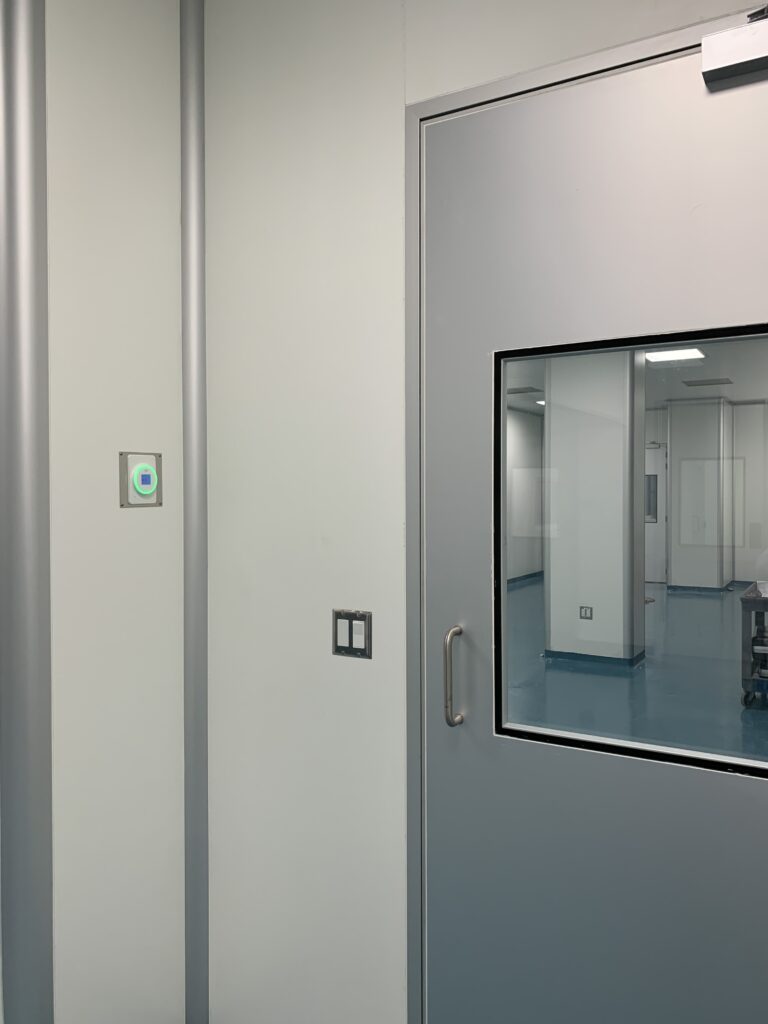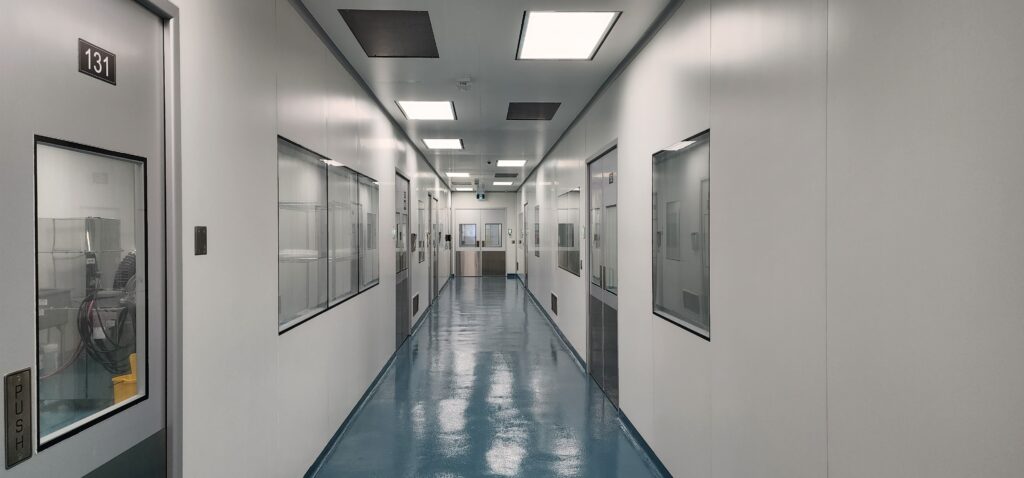Humidity Control in Agricultural Cleanrooms: An Engineering Perspective

As the agricultural industry evolves, the use of controlled environment agriculture (CEA) has become crucial, particularly in the cultivation of sensitive crops such as medicinal mushrooms and cannabis. One of the most critical aspects of these cleanroom environment is humidity control. Effective humidity management not only influences crop quality but also demands precise engineering strategies and equipment selection. This blog delves into the mechanical engineering considerations for humidity control in agricultural cleanrooms, emphasizing the significance of psychrometric processes in developing effective control strategies.
The Importance of Humidity Control in Cleanroom Environments
In agricultural cleanrooms, maintaining optimal humidity levels is essential for plant health and productivity. These environments are designed to minimize contamination while optimizing growth conditions. Humidity levels significantly affect physiological processes in plants, and engineering plays a pivotal role in achieving the desired conditions.
Key Challenges in Humidity Control
- Contamination Prevention: High humidity can promote the growth of mold and bacteria, necessitating a delicate balance to ensure that the environment remains conducive to growth without fostering unwanted pathogens.
- Energy Efficiency: Mechanical systems must operate efficiently to manage humidity levels without excessive energy consumption, especially in large-scale agricultural setups.
- Dynamic Conditions: Humidity can fluctuate due to external factors such as temperature changes and varying plant transpiration rates. Engineering solutions must account for these variables to maintain stability.
Engineering Strategies for Humidity Control
To address the complexities of humidity control in cleanroom environments, engineers should employ a combination of mechanical systems, technologies, and design principles:
1. Climate Control Systems
Advanced climate control systems are essential for managing humidity levels. These systems utilize a combination of:
- Dehumidifiers: These units reduce excess moisture in the air, particularly during critical growth stages when high humidity can lead to mold and rot.
- Humidifiers: Conversely, humidifiers are used when humidity levels drop too low, ensuring that crops receive the moisture they need for optimal growth.
- HVAC Systems: Heating, ventilation, and air conditioning (HVAC) systems are designed to integrate temperature and humidity control, ensuring a balanced environment. Meticulously designed airflow dynamics also prevent hotspots and stagnant air pockets.

2. Automated Control Systems
Automation plays a vital role in humidity management. By incorporating sensors and feedback loops, automated systems can continuously monitor and adjust humidity levels in real-time. Key components include:
- Humidity Sensors: These devices provide accurate readings, allowing for quick adjustments to dehumidifiers and humidifiers based on current conditions.
- Building Management Systems (BMS): These integrate all climate control components, providing a centralized interface for monitoring and managing environmental conditions.
3. Energy Recovery Ventilation (ERV)
Energy recovery ventilation systems help maintain humidity while reducing energy consumption. These systems recover energy from exhaust air to pre-condition incoming fresh air, thereby minimizing the load on humidification and dehumidification units. This is especially valuable in large cleanroom environments, where maintaining consistent humidity can be energy intensive.
The Role of Psychrometric Charts in Humidity Control
A psychrometric chart is an essential tool for engineers involved in HVAC engineering. This graphical representation of the physical and thermal properties of moist air allows for:
1. Understanding Relationships Between Variables
Psychrometric charts illustrate the relationships between temperature, humidity, and other air properties, enabling engineers to visualize how changes in one variable affect others. For example, by analyzing these charts, engineers can determine how much moisture needs to be added or removed to achieve desired humidity levels at specific temperatures.

2. Equipment Specification
Using a psychrometric chart allows engineers to specify the right equipment for their specific needs. By plotting current conditions and desired outcomes, they can identify:
- The capacity requirements for dehumidifiers and humidifiers.
- The necessary airflow rates to maintain uniform conditions across the cleanroom.
- The energy consumption expected from different equipment setups.
3. System Design and Sequence of Operation
The chart also aids in designing the sequence of operations for climate control systems. For instance, if the humidity levels are too high, engineers can design a sequence that activates dehumidifiers first, followed by HVAC adjustments to stabilize the temperature. This systematic approach ensures that each component operates in harmony, minimizing energy use and maximizing effectiveness.
Best Practices for Implementing Humidity Control
When designing humidity control systems for agricultural cleanrooms, engineers should consider the following best practices:
1. Conduct Thorough Environmental Assessments
Before selecting equipment, engineers should conduct detailed assessments of the specific agricultural environment. Understanding plant requirements, external climate conditions, and internal dynamics will inform more effective humidity control strategies.
2. Implement Redundancy and Backup Systems
To ensure continuous operation, especially in critical agricultural applications, redundancy in dehumidification and humidification systems is important. This prevents potential crop loss due to system failures.
3. Regular Maintenance and Calibration
Mechanical systems must be regularly maintained and calibrated to ensure accurate readings from sensors and optimal performance of humidity control equipment. Scheduled maintenance helps prevent unexpected failures and ensures that the environment remains stable.
4. Utilize Data for Continuous Improvement
Implementing data logging systems allows engineers / facility users to monitor humidity control performance over time. Analyzing this data can lead to adjustments in system operation, enhancing overall efficiency and effectiveness.
Conclusion
The role of humidity control in agricultural cleanrooms, particularly for sensitive crops like medicinal mushrooms and cannabis, is critical. Mechanical engineers play a vital role in designing and implementing effective humidity control strategies that leverage advanced technologies and principles. Utilizing psychrometric charts enables precise specification of equipment and effective system design, ensuring that the unique challenges of humidity management are met. As the demand for high-quality, clean agricultural products continues to rise, the importance of engineering-focused humidity control will remain a cornerstone of sustainable agricultural practices.
Transform Your Controlled Environment Today
Ready to create a high-performance cleanroom or controlled environment? Let ACH Engineering guide you from design to completion.
GET IN TOUCH
Complete the form below to get in touch with our team.
